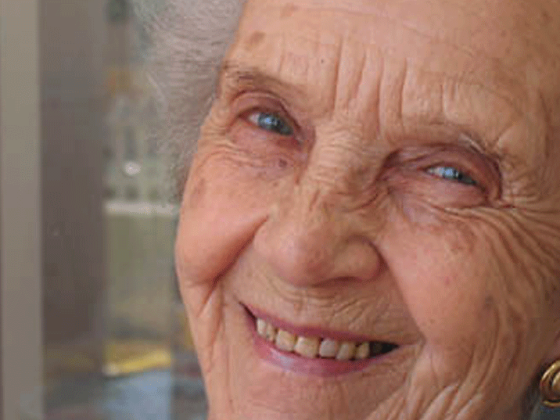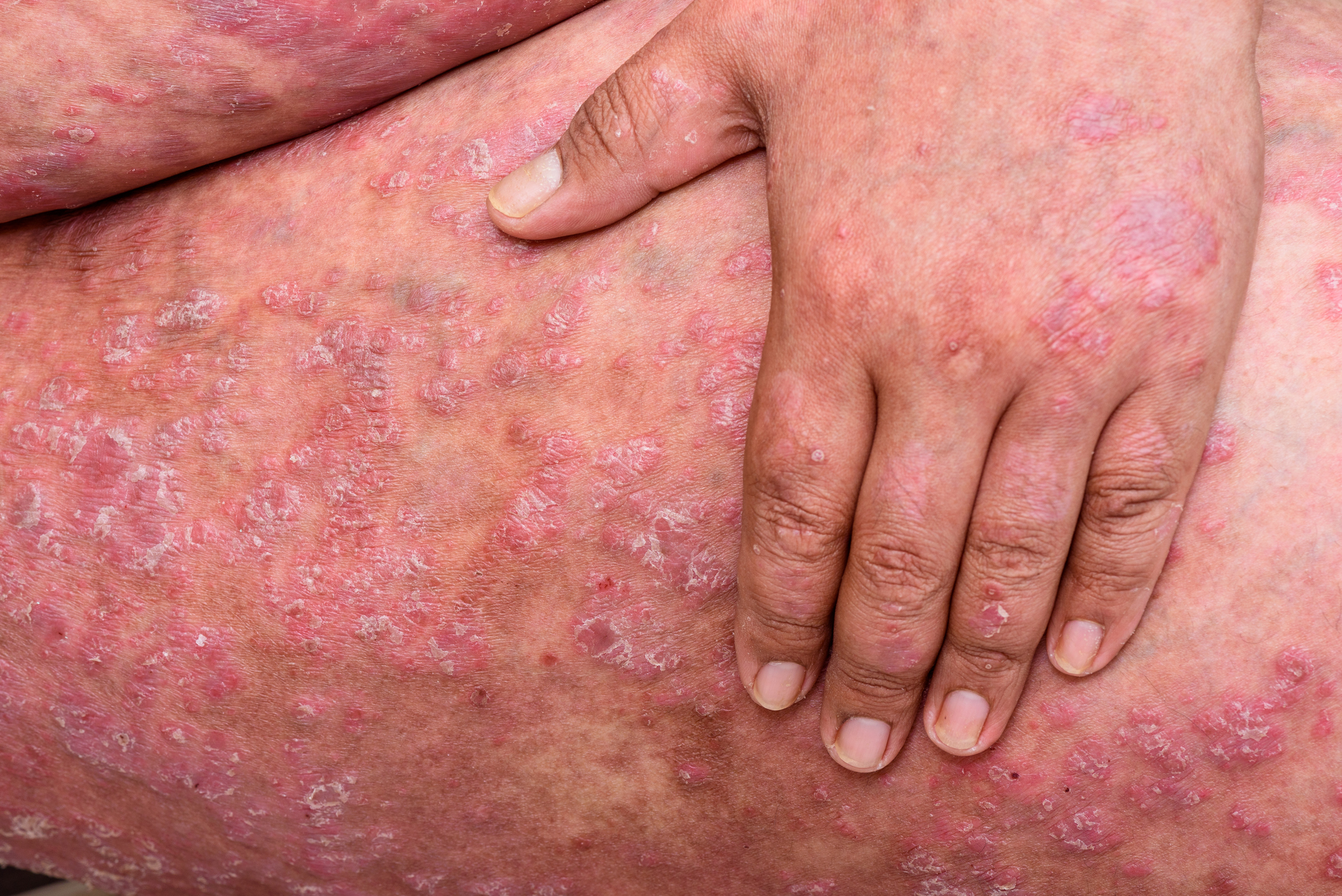“In literature, art and music, extremes are being pushed to the limit as if there were no tomorrow” – this is how Florian Illies’ current bestseller portrays the monstrous year 1913. The spirit of the times is portrayed, which makes it possible to understand why Prof. Max Tièche ran a flourishing practice on Bahnhofstrasse at that time and pursued the goal of establishing a polyclinic for skin diseases and, above all, venereal diseases at the place of need with unique perseverance and grandiose assertiveness. Confronted with political disputes, ill will and lack of understanding, however, it took years before the city council finally agreed to his plan.
The prevalences of venereal diseases were very high at the beginning of the 20th century in Switzerland and especially in Zurich. At that time, a special polyclinic for skin and venereal diseases existed only in Bern. Since the epidemiological problems of these venereal diseases – predominantly syphilis and gonorrhea – were judged to be most urgent in the poorer population of the city districts 3, 4 and 5, and since, moreover, there was a certain inhibition in these sections of the population towards the cantonal hospital in district 6 on the Zürichberg, it was decided at that time with foresight by the city council to bring a specialized institution to the place of need.
In 1913, the Zurich City Council passed a resolution to provide Max Tièche with the rooms of the Medical Polyclinic at Hohlstrasse 82 for dermato-venerological consultations free of charge, with the explicit right “to use the patients coming to his consultations for treatment for demonstration purposes once or twice a week for students,” as stated in the City Council resolution.
On October 1, 1913, Tièche, together with his wife, doctor Sabine Tièche-Fatère, opened the first consulting hours. Mrs. Tièche took care of the female sick. In 1921, the magazine “Schlaglicht” published a satirical article on “Zurich’s newest institution of need”. This private “Poli Tièche” was to be transformed into a Municipal Polyclinic only in 1928.
Characterization of the institution by the various chief physicians
Prof. Max Tièche (1913-1938), pioneer with vision and assertiveness: As founder of the polyclinic, Max Tièche clearly set the direction for the development of the institution: Among other things, it was to be an open house for the poorer patient classes of districts 3, 4 and 5 and, if necessary, treat patients free of charge. His main concern was the control of venereal diseases. In second place came the other infectious skin diseases, with smallpox and varicella in particular attracting his interest.
Tièche came from the Bernese Jura and gained international renown for his dissertation on the first description and characterization of blue nevi. In a few years, he had built the polyclinic into a social institution.
Very popular among the population were the extended evening consultation hours, often until 10 or 11 pm. His medical demonstrations to students and physicians were increasingly held in high esteem. This sometimes led to a growing competitive situation with the skin clinic at the Cantonal Hospital, which was established three years later. As a result of the increasing number of patients, the polyclinic soon became too small, so Tièche had to look for a more spacious replacement, which he found in the old Pulverhaus at Hohlstrasse 119.
These premises were provisionally converted into a polyclinic and occupied as a temporary solution in January 1923. At that time, 1533 patients were treated in 9432 consultations. However, the space conditions and facilities were questionable, so that this increasingly caused the displeasure of the population, and criticism was also voiced in the municipal council. It was not until 1934 that a loan was approved for a new building. These new premises were occupied in 1936 at Herman-Greulich-Strasse 70 – where the clinic is still located today (Fig. 1).
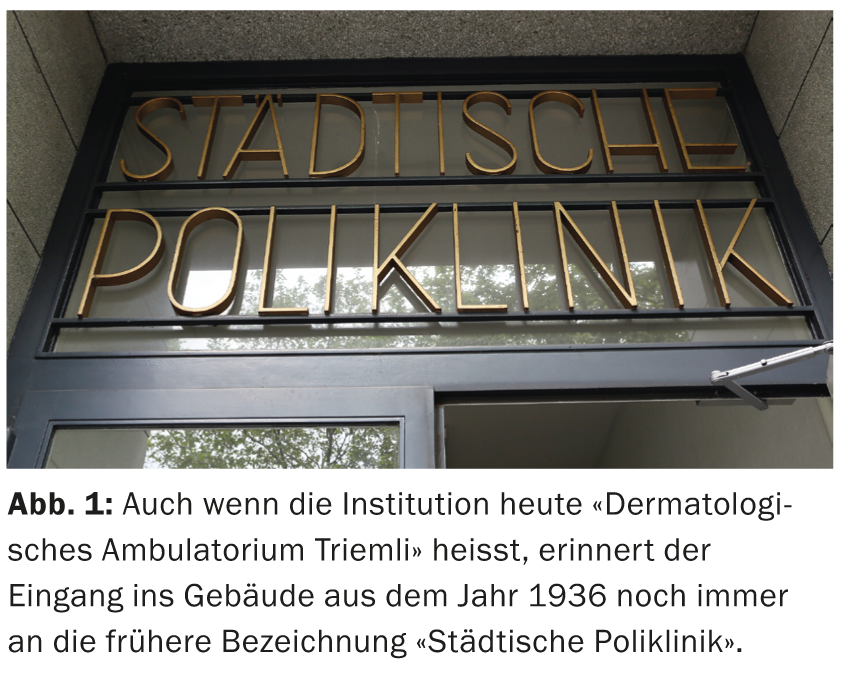
Tièche’s headstrong character was characterized in particular by a strong desire for freedom and a sense of justice. Only two years after moving into the new premises, Tièche died in 1938 at the age of 60 as a result of acute pancreatitis. It was not until the 1950s that the city of Zurich erected a small monument to him in the form of “Tièche-Strasse” near Waidspital.
Prof. Walter Burckhardt (1938-1971), role model and dermatologist with heart and soul: In Walter Burckhardt, then 33 years old, Tièche found a worthy successor. He had been professionally shaped by the first two chairs of dermatology in Zurich, Bruno Bloch and Guido Miescher. Burckhardt was selected from six applicants and took up his post on October 1, 1938. Burckhardt was a dermatologist with heart and soul, and his two favorite subfields – occupational dermatoses (Gewerbedermatologie) and venereal diseases – particularly fascinated him. In his habilitation thesis “Das Maurerekzem” he summarized his main work on cement eczema.
Burckhardt increasingly led the polyclinic to become a professionally renowned point of contact. His working style was extremely productive and expeditious, which is also confirmed by his comprehensive bibliography of around 200 publications. Numerous well-known physicians completed their doctorates under his supervision, including the legendary dissertation by Urs Peter Hämmerli, who later became head of the Medical Department at the Triemlispital. Hämmerli was the first to describe the origin and circumstances of cercarial dermatitis in Lake Zurich.
Burckhardt’s dermatological-venerological case presentations on Friday evenings were legendary among the students, into which he brought all his didactic skills and enthusiasm for the subject of dermatology. Burckhardt himself represented an ideal for some – a role model to be emulated. His textbook, with its vivid color photographs, was a standard work for generations of aspiring physicians and was also translated into English and Spanish. Patient numbers continued to rise; in 1945, 5439 patients were treated in 36,500 consultations. Burckhardt died of heart failure shortly after his retirement at the age of 66 in October 1971.
Prof. Kaspar Schwarz (1971-1988), researcher with great creative power: Kaspar Schwarz, former senior physician at the Dermatology Clinic at the Cantonal Hospital Zurich, was elected by the City Council as his successor. Unlike his two predecessors, Schwarz was a rather introverted, reclusive person. In his era, the main task was to stabilize the level and position of the Polyclinic as a medical institution in the city of Zurich. Influenced by the tradition of the Dermalogical Clinic of the Cantonal Hospital, Schwarz became interested in dermatological radiotherapy at an early stage. Another focus of his work concerned light dermatoses, which also formed the subject of his postdoctoral thesis. Together with his wife, who worked with him as a chemist, they were able to publish some highly regarded papers on photoallergies.
Venereology experienced peak levels as a result of renewed epidemics; for example, according to the 1974 annual report, a full 2065 cases of gonorrhea and 294 syphilis patients were treated. As Secretary of the Swiss Society of Dermatology and Venereology for many years, Kaspar Schwarz has also worked tirelessly in the field of professional politics. He retired after 17 years of service; withdrawn, he succumbed to his years of suffering at the age of 88 in Zurich in December 2011.
Prof. Alfred Eichmann (1988-2002), a fighter with an eye for new things: At the end of 1988, the city council elected Alfred Eichmann as the new chief physician. Under U.W. Schnyder, Eichmann was able to habilitate in the Dermatological Clinic of the University Hospital Zurich on the subject of venereal diseases. The Polyclinic thus remained the leading point of contact for venereal diseases in German-speaking Switzerland. In addition, Eichmann increasingly cultivated the new subspecialties of dermatology – dermatosurgery, stomatology and nail diseases – and developed these subject areas into reference addresses.
Committed to the tradition of the hospital, Eichmann was very involved in teaching, where he was particularly fond of the student course on Friday afternoons on the premises of the polyclinic. In addition to the successful fight for the continued existence of the polyclinic, its administrative integration into the Stadtspital Triemli followed on his initiative in 1995. After serving as chief physician for nearly 14 years, Eichmann was sent into early retirement at the end of August 2002 in accordance with the law in force at the time, but against his will. Until 2007, he subsequently ran a very popular private practice in the Zollikerberg Hospital.
Prof. Stephan Lautenschlager, committed to medical progress and economic success: His successor – now in the Dermatological Outpatient Clinic of the StadtspitalTriemli – was appointed by the Triemlispital after a regular job advertisement by his long-standing head physician and deputy, Stephan Lautenschlager, who completed his dermatological training at the University Clinic in Basel (Fig. 2).
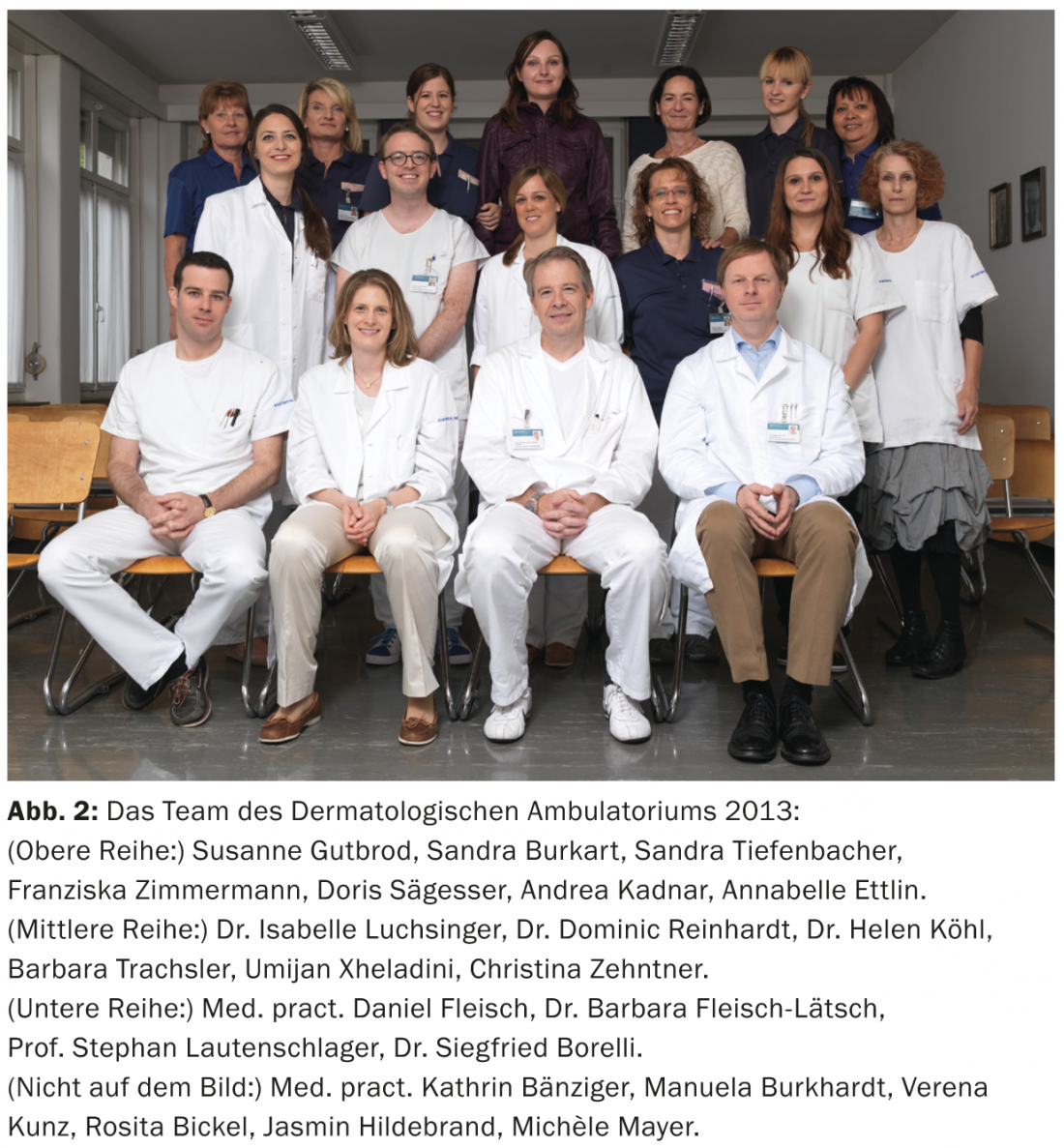
Almost in keeping with tradition, Lautenschlager had habilitated on a venereological topic – genital herpes – at the University of Zurich. Lautenschlager integrated pediatric and gynecological dermatology into the polyclinic’s already specified areas of focus. With the hiring of Dr. Siegfried Borelli, a senior physician specializing in allergology and immunology, the clinic also became a point of contact for allergic diseases. Through the profound expertise of all previous chief physicians in the field of sexually transmitted infections (STI), the institution established itself as a leading point of contact in the diagnosis and treatment of STIs. Based on the again more frequent prevalence of these diagnoses at the beginning of the third millennium, the Outpatient Clinic was able to recognize the current renaissance of STI in Switzerland at an early stage.
On the one hand, the tradition of open consultations as a so-called walk-in clinic has been maintained (Fig. 3), which enables the assessment and treatment of mainly acute skin conditions and traditionally low-threshold venereal infections.

Especially the traditional Friday evening consultation is very popular. On the other hand, the modern era is characterized by increasing interdisciplinary collaboration with the various clinics of the city hospitals and care centers, with corresponding complex assignments and joint consultation hours. This interdisciplinary networking led to the planning of the physical integration of dermatology into the new ward building of the Triemli City Hospital in the neighboring City District 3, which is to become reality in 2020. Only time will tell to what extent the advantages of the institution, which will then be over a hundred years old, can be transferred to a large hospital. The steadily growing number of patients, with currently more than 25,000 consultations for 15,000 patients, led to economic success and an increase in the number of physicians. In addition to 2500 surgical procedures (Fig. 4a), numerous physical treatment methods are offered, in particular soft X-ray therapy with over 2500 treatments annually (Fig. 4b).
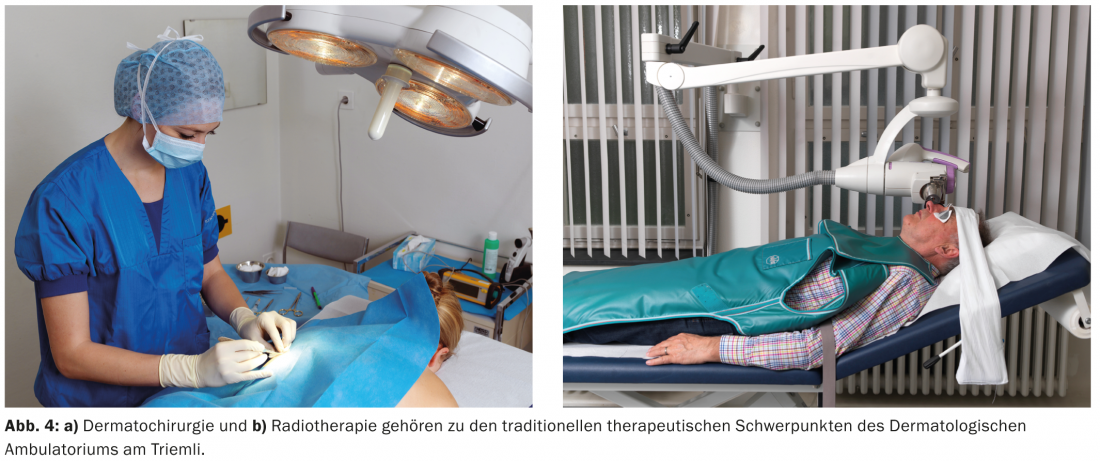
Lautenschlager also places a high value on teaching, which is reflected in his strong commitment to the Friday afternoon class that is popular with the student body. The growing number of patients, but also the increasing number of referrals from colleagues in private practice, prove the necessity of the Dermatological Outpatient Clinic to secure dermatological care in the Zurich agglomeration in the future. Hopefully, the success story of the institution will continue!
Literature:
- Furrer HP: Max Tièche (1878-1928). Dermatologist and founder of the Municipal Polyclinic for Skin and Venereal Diseases of the City of Zurich. Med. Dissertation, Zurich 1992.
- Wicki-Bühler B: Life and work of the dermatologist Walter Burckhardt 1905-1971. Med. Dissertation, Zurich 1995.
- Puenzieux D, Ruckstuhl B: Medicine, murder and sexuality. The Control of the Venereal Diseases Syphilis and Gonorrhea in Zurich 1870-1920. Chronos Verlag: Zurich 1994.
DERMATOLOGIE PRAXIS 2013; 23(6): 14-17



